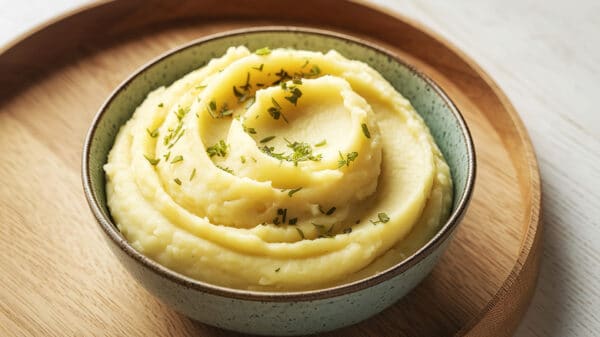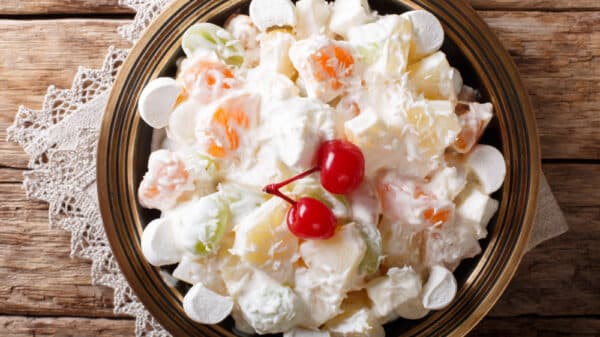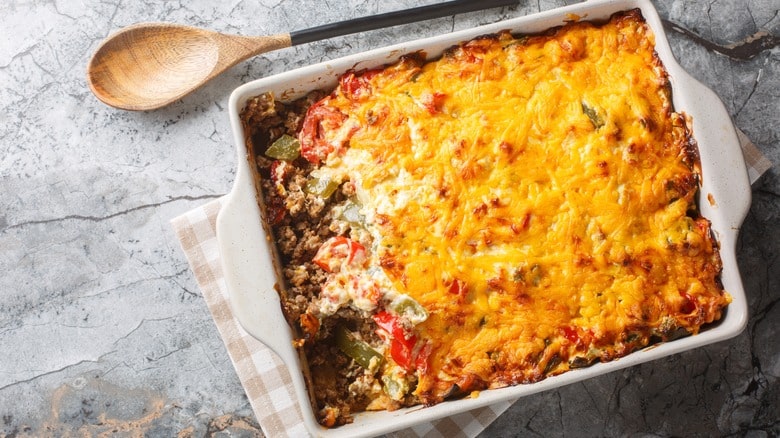When it comes to casseroles, these dishes are often celebrated for their heartiness and ability to unite a medley of ingredients into a comforting meal. However, a single misstep can lead to disappointing results. Vicky Hadley, a seasoned food blogger and recipe developer, highlights a common pitfall: neglecting to brown the meat before adding it to the casserole. This crucial step is more than just a formality; it contributes depth and complexity to the dish.
Hadley explains, “Browning meat before adding it to a casserole enhances flavor and prevents the meal from tasting flat or greasy.” While rotisserie chicken is an exception to this rule, most meat benefits greatly from the browning process. It’s important to avoid constant stirring; allowing the meat to sear properly will enable it to develop a rich color and help excess juices evaporate. In a casserole, if these juices aren’t cooked off adequately, the end result can be a soupy disaster rather than a mouthwatering bundle of flavors. Additionally, browning initiates the Maillard reaction, which adds that highly coveted roasted flavor, cutting across various types of meat used in your recipe.
Moreover, adding raw meat to a casserole can introduce food safety risks. You must ensure that your meat reaches a safe cooking temperature, something that isn’t guaranteed just by baking the casserole at high heat. Cooking meat separately beforehand is essential not just for food safety, but for developing the rich flavors that will elevate your casserole. While it may seem easier to take shortcuts, these can often lead to less-than-satisfactory results.
Other Common Casserole Mistakes
While casseroles offer some leeway in terms of cooking methods—making them a favorite among home cooks—they are still susceptible to common mistakes. Hadley lists several key errors to avoid, including using excessive liquid, failing to season each layer adequately, choosing an inappropriate casserole dish size, and cutting into the casserole too soon after baking.
Excessive liquids can lead to a watery casserole, as while some moisture evaporates during cooking, the density of casseroles retains a significant amount of it. Likewise, neglecting to season each layer is a common oversight. Professional chefs often cite seasoning as the marker that distinguishes home cooking from high-quality restaurant fare. Seasoning gradually throughout the cooking process helps ensure that every ingredient contributes to a flavorful final product.
Choosing the right size for your casserole dish is equally crucial. An overly large dish may cause the casserole to dry out, whereas a too-small one may prevent proper cooking. The right surface area ensures a beautifully browned top, the ideal moisture ratio, and ample time for each ingredient to develop its flavor and texture. Even if you get the dish right, improper resting time can compromise your meal. For creamy recipes like million-dollar chicken casserole, allowing it time to cool and set is essential. If skipped, you’ll likely end up with a mess on your plate instead of a neatly served dish.


































